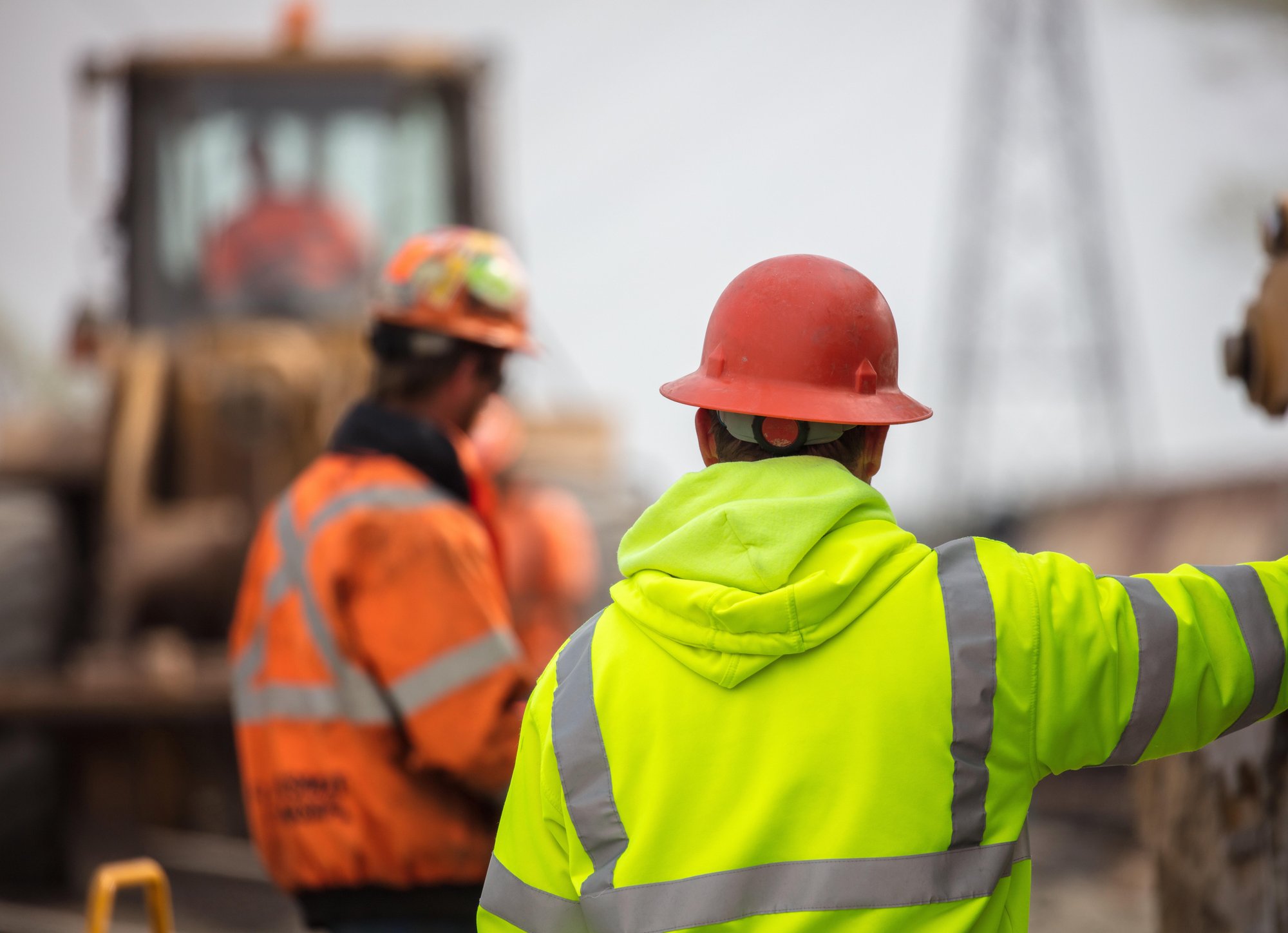Construction Workers May Bring Toxic Metals Back Home

TUESDAY, Feb. 22, 2022 (HealthDay News) -- Construction workers may bring home more than the bacon -- they may also be exposing their families to toxic metals, a new study reveals.
Toxic contaminants unintentionally brought from the workplace into the home are a public health hazard, but the majority of research to date has focused on problems related to lead.
Much less is known about take-home exposures to other harmful metals.
To learn more, researchers collected and analyzed dust samples from the homes of 27 workers in the greater Boston area. The study focused on construction workers but also included janitorial and auto repair workers.
Construction workers had higher levels of lead, arsenic, chromium, copper, manganese, nickel and tin dust in their homes than janitorial and auto repair workers.
"Many professions are exposed to toxic metals at work, but construction workers have a more difficult job implementing safe practices when leaving the worksite because of the type of transient outdoor environments where they work, and the lack of training on these topics," said study lead author Diana Ceballos. She directs the Exposure Biology Research Laboratory at Boston University School of Public Health.
The investigators also found that higher concentrations of toxic metals in the home were associated with lower education; not having a work locker to store clothes; mixing work and personal items, and not having a place to launder clothes. Not washing hands after work and not changing clothes after work were also tied to higher metal concentrations.
The study was published online recently in the journal Environmental Research. It highlights the need for improved measures to reduce take-home exposure among construction workers, according to the authors.
"Given the lack of policies and trainings in place to stop this contamination in high-exposure workplaces such as construction sites, it is inevitable that these toxic metals will migrate to the homes, families and communities of exposed workers," Ceballos said in a university news release.
Adding to the problem, many construction workers live in disadvantaged communities or substandard housing that may already contain toxic metals, Ceballos said.
"Given the complexity of these issues, we need interventions on all fronts -- not only policies, but also resources and education for these families," she concluded.
More information
There's more on toxic metals at the U.S. Occupational Safety and Health Administration.
SOURCE: Boston University School of Medicine, news release, Feb. 18, 2022
Related Posts
Parkinson’s Disease: What Is It, and What Are the Early Signs?
MONDAY, Feb. 20, 2023 (HealthDay News) -- A person seeing a barely noticeable...
Most Older Americans Say They Will Get Updated COVID-19 Booster in Fall
WEDNESDAY, Aug. 10, 2022 (HealthDay News) -- Most older U.S. adults are prepared...
sFlt-1:PlGF Stratifies Risk for Preeclampsia With Severe Features
WEDNESDAY, Nov. 16, 2022 (HealthDay News) -- For women with a hypertensive...
Kidney Damage Another Consequence of ‘Long COVID,’ Study Finds
THURSDAY, Sept. 2, 2021 (HealthDay News) -- People hospitalized for COVID-19,...
